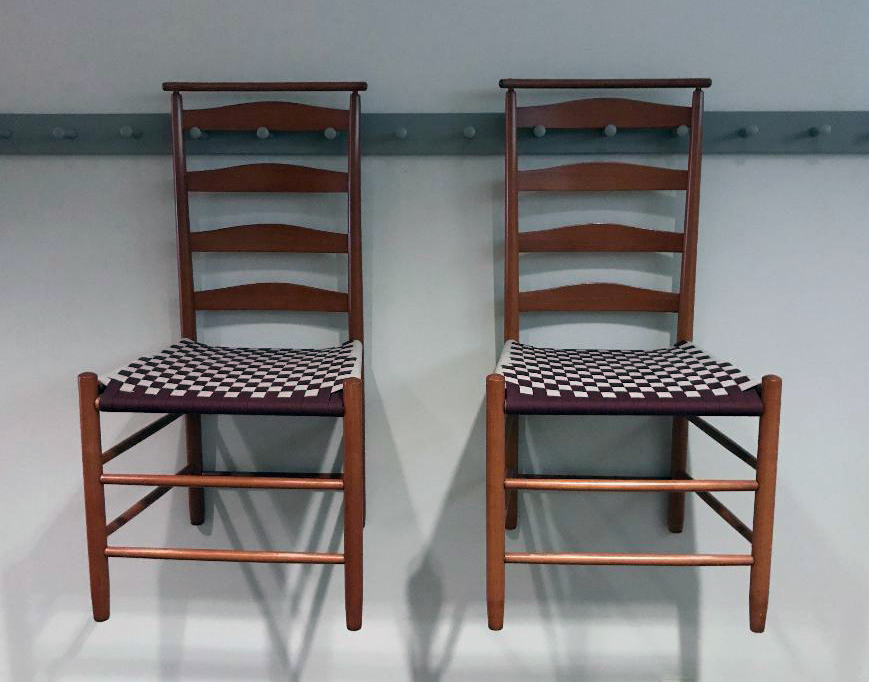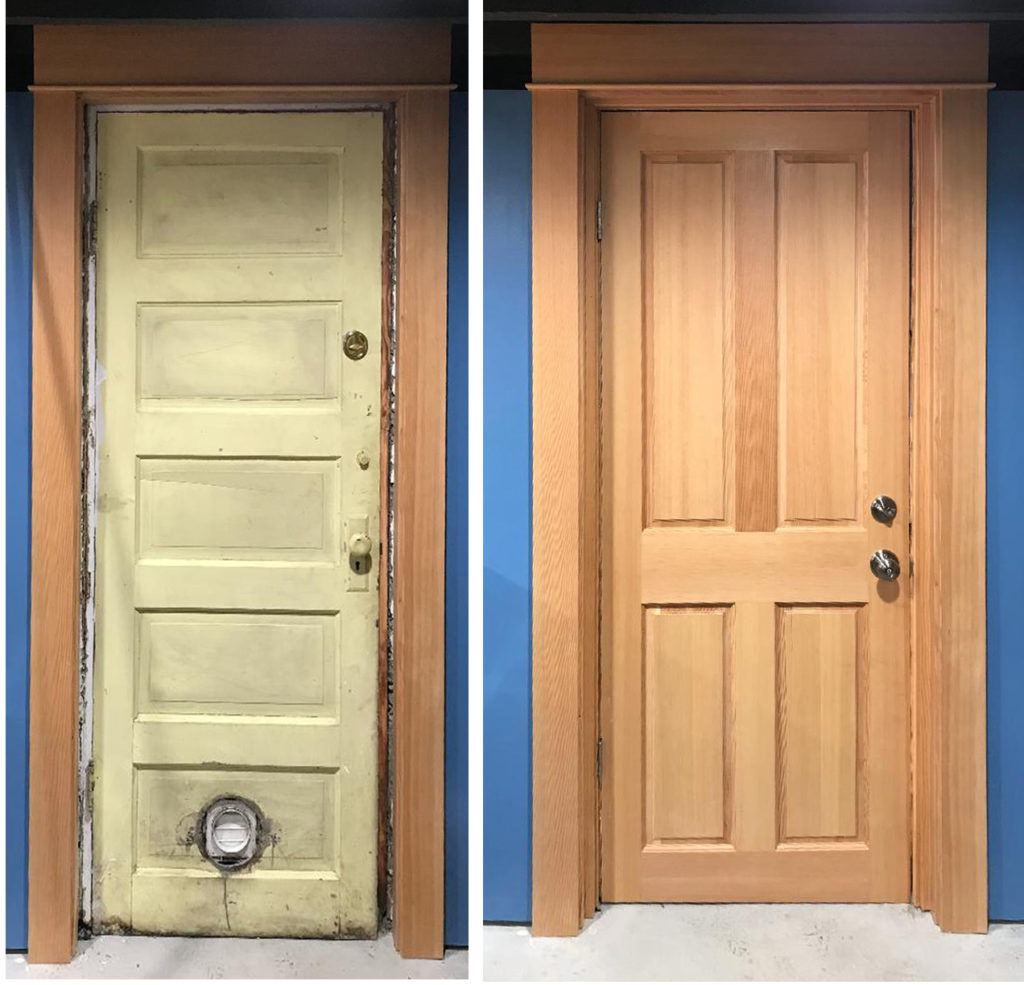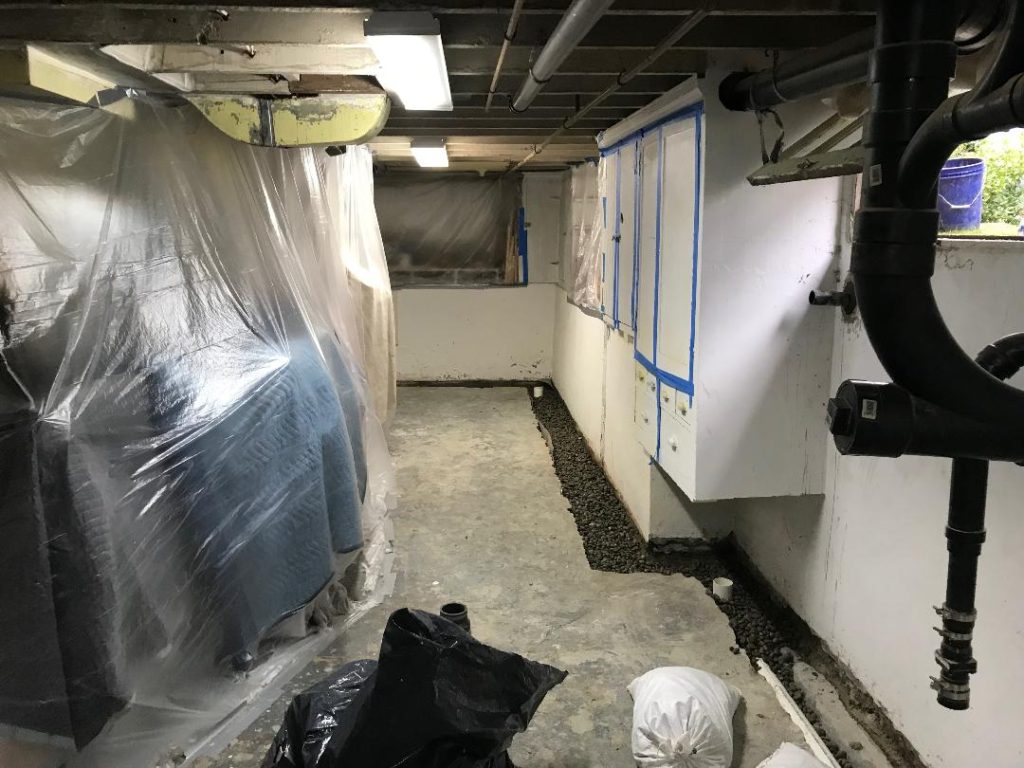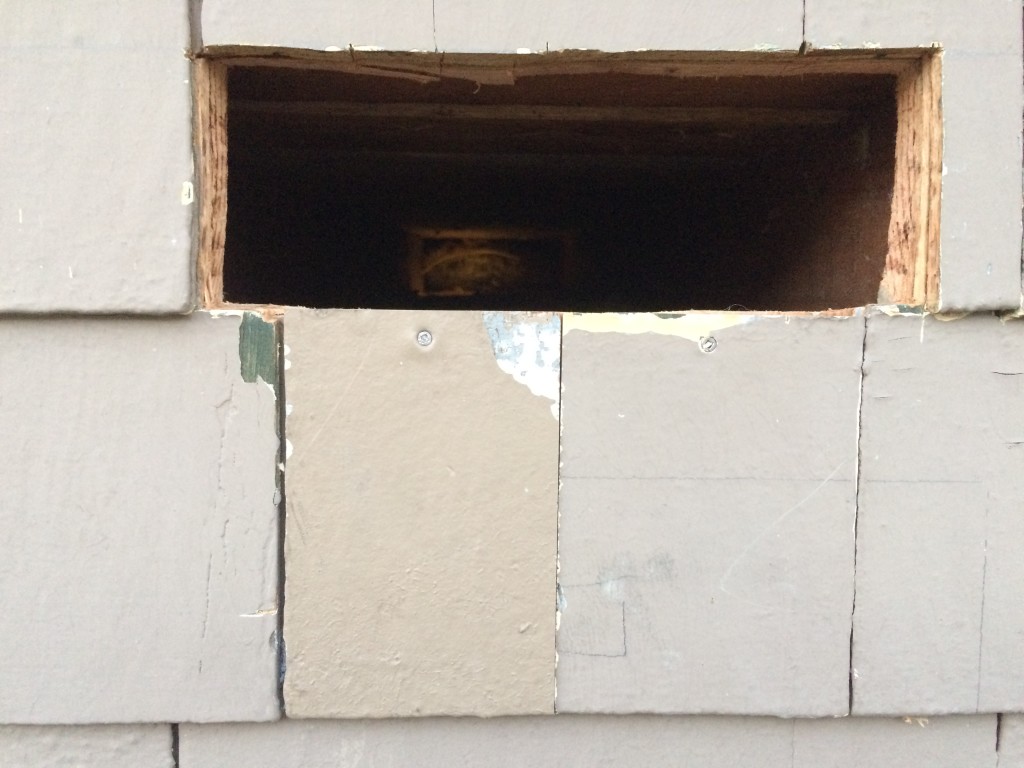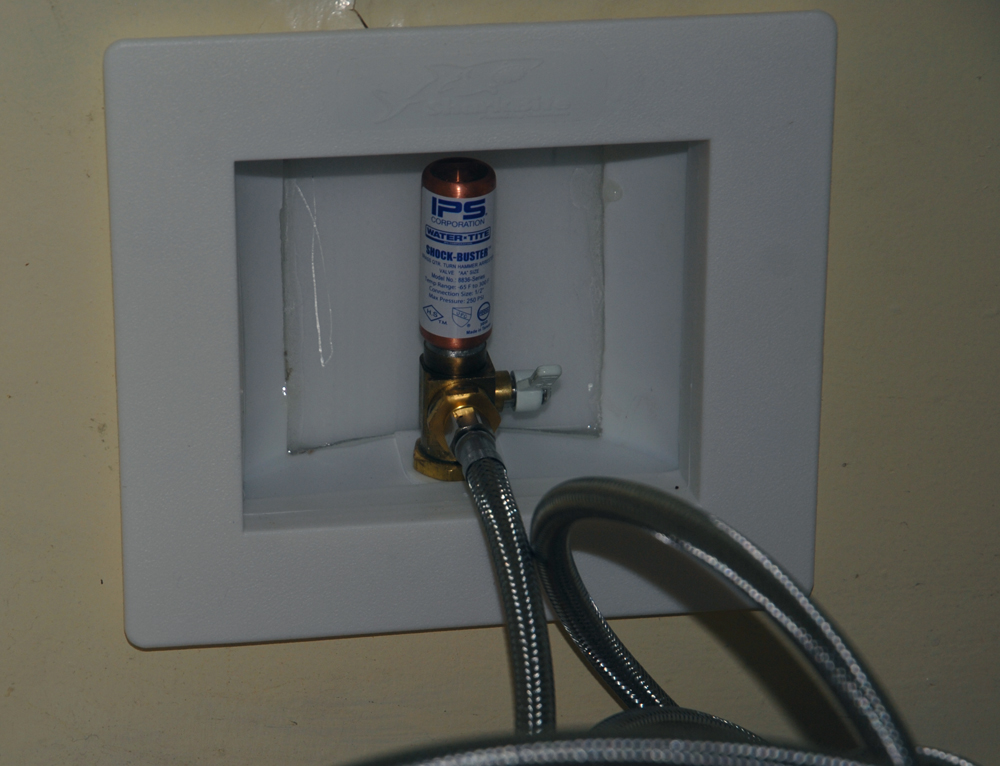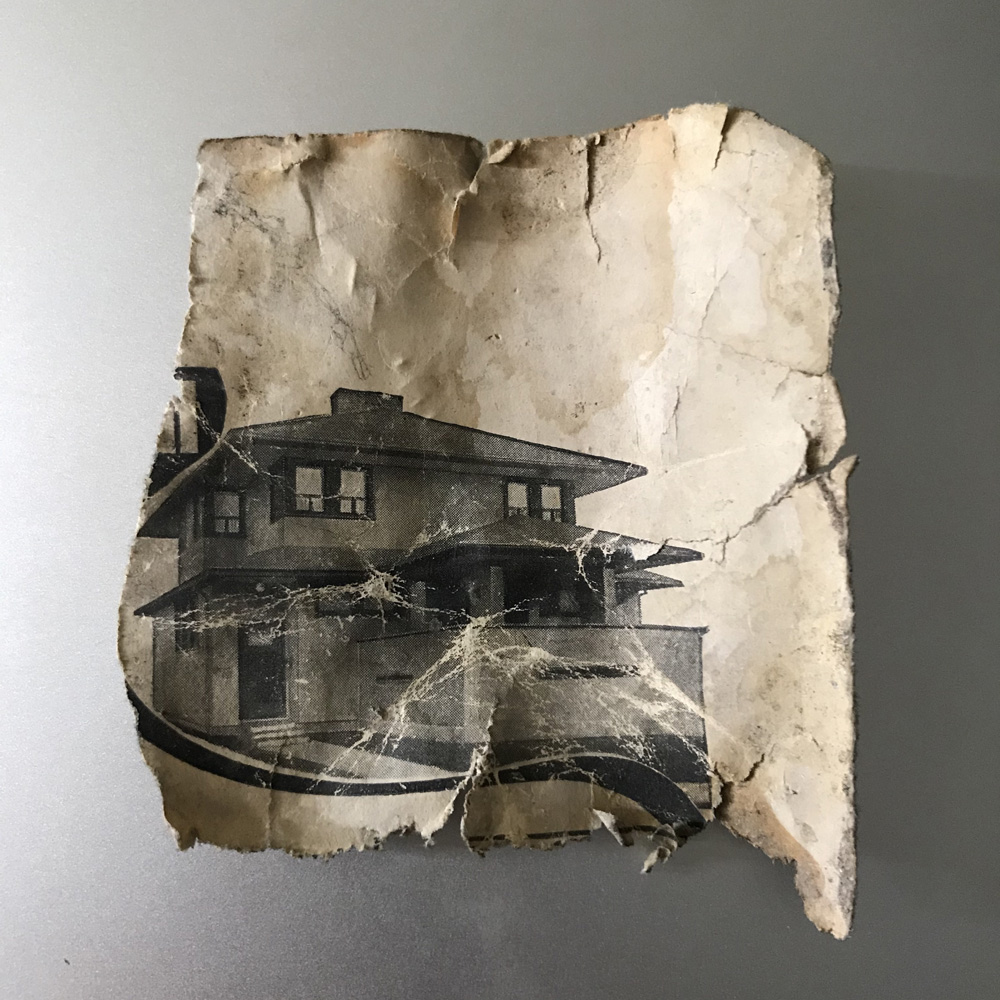
I recently dismantled our chimney as part of our basement renovation. Opening walls and floors hasn’t surfaced any Goonies treasure maps or confederate dollars–to date the most memorable items have been a site-made marking gauge, eye-searing linoleum, depression era-newspapers, and a hundred-year-old apple core–but this most recent demolition did turn up a fragment of an old Popular Mechanics cover. I probably wouldn’t have paid it any attention, but the inside of the cover featured a photo of a two-story Prairie-style home which piqued my curiosity. The cover provided a month, but no year. Based on the style of house, I thought I’d have at most a couple of decades of Popular Mechanics to check. I like Google Books, the Hathitrust digital library, and Internet Archive for this kind of archival research. As someone who spent a lot of time as an undergraduate and grad student in library stacks, there’s a luxury to being able to sift through old volumes from the comfort of my couch.
Continue reading
